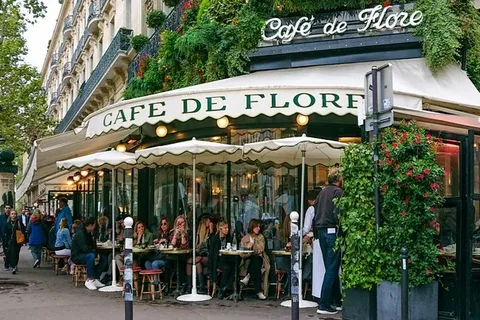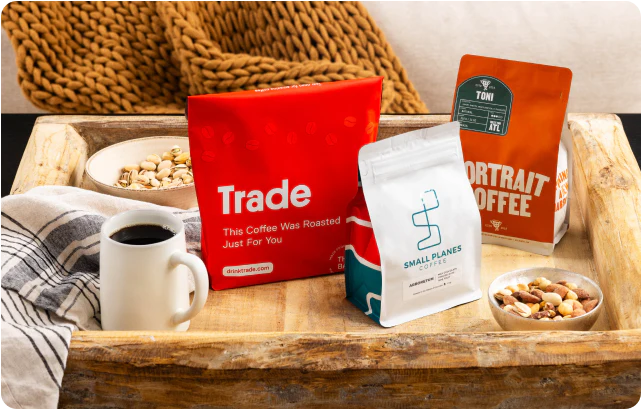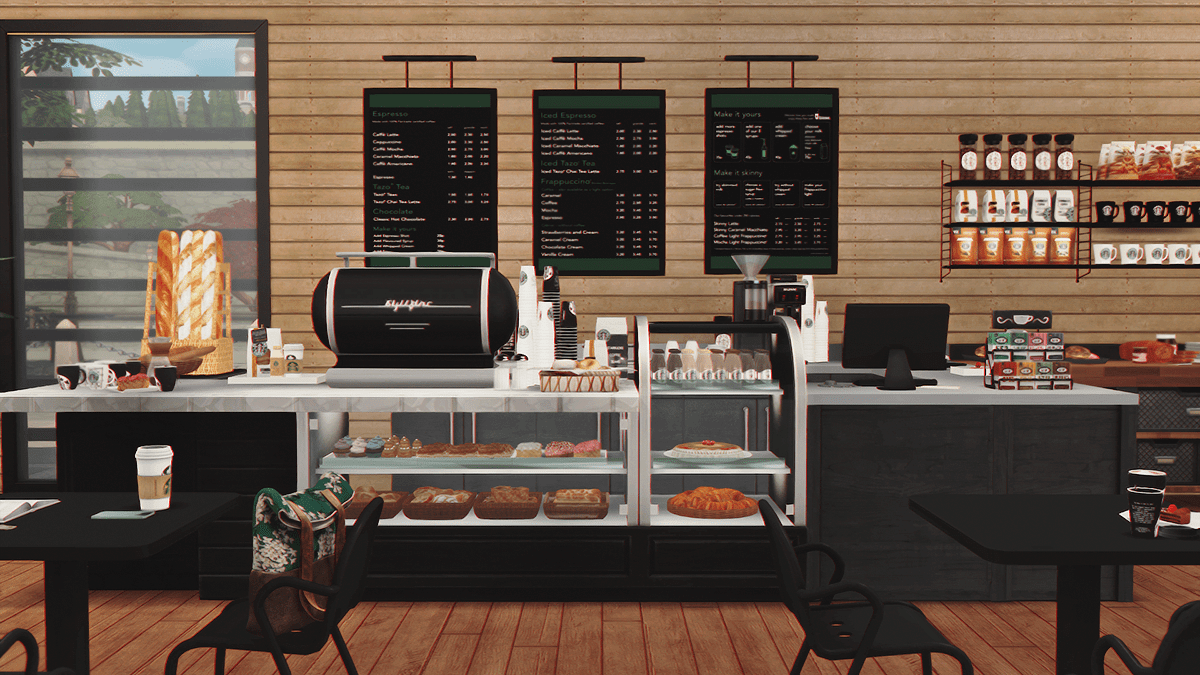Have you ever wondered why some coffee shops thrive for decades while others struggle to stay open for a year? Running a successful café isn’t just about brewing great coffee—it’s about creating a brand, building customer relationships, and constantly innovating to stay ahead in a competitive market. The coffee industry is booming, but with increasing competition, standing out requires a combination of quality, creativity, and business acumen.
Whether you’re a new coffee shop owner or looking to refine your business strategies, this guide will equip you with the essential tools to achieve long-term success. From crafting a strong brand identity to optimizing operational efficiency and leveraging digital tools, we’ll cover everything you need to build a profitable and sustainable coffee business that customers keep coming back to.
1. Crafting a Strong Brand Identity
Your brand is more than just a logo—it’s the personality and experience you offer to customers. A strong brand creates customer loyalty, enhances recognition, and helps differentiate you from competitors.
Develop a Unique Selling Proposition (USP)
Determine what sets your coffee shop apart from the competition. Is it your ethically sourced coffee beans, your cozy, Instagram-worthy interior, or your innovative beverage menu featuring locally inspired flavors? Your USP should be reflected in every aspect of your business, from your marketing to your menu.
Example: Blue Bottle Coffee built its reputation by focusing on fresh, high-quality coffee and a minimalist aesthetic that appeals to modern consumers. By emphasizing quality and transparency, it has cultivated a loyal following of coffee enthusiasts.
Create a Memorable Experience
The ambiance, customer service, and visual appeal of your shop contribute to brand identity. A consistent, well-thought-out theme—from the decor to the music playing in the background—can make a significant impact on customer retention.
Example: Café de Flore in Paris is iconic for its vintage charm and celebrity clientele, creating an unforgettable atmosphere for visitors. Similarly, themed cafés, such as cat cafés or board game cafés, create unique experiences that keep customers engaged and returning.

2. Expanding Revenue Streams
Relying solely on in-store coffee sales can be limiting. Diversifying income sources enhances stability and growth, ensuring financial resilience even during off-peak seasons.
Sell Branded Merchandise
Offering branded mugs, T-shirts, and reusable tumblers not only increases brand visibility but also provides additional revenue.
Example: Starbucks generates billions annually from branded merchandise, reinforcing its brand globally. Independent coffee shops can follow suit by offering high-quality, locally designed merchandise that reflects their brand identity.
Introduce Subscription Services
Provide customers with a convenient way to enjoy your coffee at home through a subscription model. Offering exclusive blends, personalized selections, and doorstep delivery adds value to the customer experience.
Example: Trade Coffee personalizes coffee subscriptions, ensuring steady revenue and customer retention by curating high-quality coffee selections based on user preferences.

Host Community Events
Engage with the local community by hosting events such as latte art workshops, poetry nights, or live music sessions. These events not only increase foot traffic but also strengthen your coffee shop’s role as a community hub.
Example: Verve Coffee Roasters holds regular educational coffee events, fostering deeper customer connections and reinforcing their brand as a go-to destination for coffee lovers.
3. Implementing a Customer Loyalty Program
Loyal customers are the backbone of any successful coffee shop. A well-structured loyalty program encourages repeat visits and enhances customer retention.
Use Digital Loyalty Apps
Apps like GAWAPP APP make it easy for customers to earn and redeem rewards, while giving businesses valuable insights into customer behavior. Digital loyalty programs reduce reliance on physical punch cards and offer seamless integration with mobile payments.
Example: Dunkin’s DD Perks program has successfully increased customer engagement and return visits by rewarding customers with free beverages and exclusive discounts.
Offer Exclusive Perks
VIP programs with exclusive perks such as early access to new blends, member-only discounts, or personalized promotions create a sense of exclusivity and enhance brand loyalty.
Example: Many independent coffee shops offer “mug club” memberships where members receive discounts, priority seating, and invitations to private tasting events.
4. Optimizing Operational Efficiency
Efficiency reduces waste, improves service speed, and maximizes profits. Streamlining operations ensures smoother daily functioning and enhances customer satisfaction.
Reduce Waste Through Smart Inventory Management
Using software to track stock levels and reduce spoilage helps optimize ordering processes, reducing waste and costs.
Example: Stumptown Coffee Roasters implemented inventory tracking to minimize waste and optimize ordering processes, leading to better stock control and cost savings.
Invest in Energy-Efficient Equipment
Energy-saving espresso machines, LED lighting, and water-efficient dishwashers cut costs while supporting sustainability efforts.
Example: Many European cafés have transitioned to energy-efficient appliances, significantly lowering operating expenses while appealing to environmentally conscious consumers.
5. Leveraging Social Media and Community Engagement
A strong online presence helps attract and retain customers, turning digital engagement into in-store visits.
Encourage User-Generated Content
Ask customers to share photos of their coffee experiences with a branded hashtag. Engaging with customers on social media helps build an online community and increase brand visibility.
Example: Alfred Coffee in Los Angeles built a cult following through aesthetically pleasing Instagram content and influencer collaborations, making it a must-visit destination for coffee lovers.
Partner with Local Businesses
Collaborating with nearby bakeries, artists, or bookstores can create mutually beneficial relationships, expanding your customer base.
Example: Many coffee shops work with local pastry chefs to offer exclusive treats that draw in more customers while supporting fellow small businesses.
Conclusion
Sustaining a successful coffee shop requires a combination of strategic branding, diversified income streams, operational efficiency, and customer engagement. By implementing these time-tested strategies, you can position your café for long-term success and profitability. Start refining your approach today—whether it’s through improving customer experience, launching a new product line, or embracing digital marketing—and watch your coffee business flourish!




